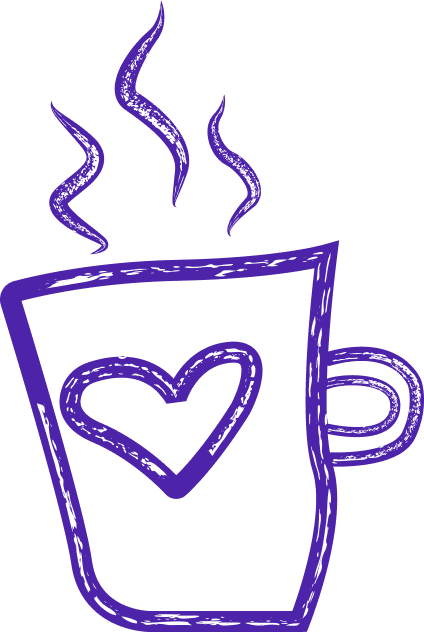
decision outcome
Decision Outcome: The Ripples from our Choices' Stones
Imagine a pebble tossed into a calm pond. The initial splash is the decision, while the subsequent ripples represent the decision outcomes—effects that are directly related to the initial action but spread far beyond it.
In business, decision outcomes can significantly impact the organization's direction, profitability, and reputation. Every strategic choice—from expanding into a new market, adopting a new technology, or restructuring the organization—results in decision outcomes that can either propel growth or pose challenges.
For example, a company deciding to invest in a new marketing campaign will face several possible outcomes. It could lead to increased brand awareness and sales (a positive outcome), or it could fail to resonate with the target audience and lead to wasted resources (a negative outcome).
Similarly, in computer programming, a decision outcome refers to the result of a decision structure such as an 'if', 'while', or 'switch' statement. These decision structures guide the program flow based on specific conditions, and each potential path represents a different decision outcome.
It's crucial to note that every decision, regardless of its context, is subject to risk and uncertainty. Therefore, careful consideration, informed by data and insights, can help navigate these complexities and steer towards more desirable outcomes.
In conclusion, decision outcomes are the footprints of our choices, leaving lasting impacts on our personal lives, businesses, and the programs we write.
To wrap up, here's a whimsical take on decision outcomes:
Why did the programmer go broke?
Because he used up all his cache making too many poor decisions!
In both programming and life, every decision comes with an outcome. It's this combination of choices and their resulting consequences that shape the intriguing story of our journeys.
Let’s build your next digital product — faster, safer, smarter.
Book a free consultationWork with a team trusted by top-tier companies.








